Understanding GDP: Its Importance, Calculation, and Influencing Factors
The Gross Domestic Product (GDP) is a key economic indicator that plays a vital role in assessing the strength of a nation’s economy. However, many individuals may not fully grasp the actual significance of GDP, how it is calculated, and the factors that influence it. In this article, we aim to provide a comprehensive exploration of GDP, including its definition, calculation methods, growth rate assessment, influencing factors, and a distinction between GDP per capita and other forms of GDP. Let’s delve deeper into this fundamental yet meaningful economic concept!
What is GDP?
GDP, short for Gross Domestic Product, represents the total market value of all final goods and services produced within the territory of a country over a specified period (usually quarterly or annually). This indicator is essential in measuring the scale and health of an economy.
GDP is categorized into four main types based on varying criteria, helping users understand this metric in depth.
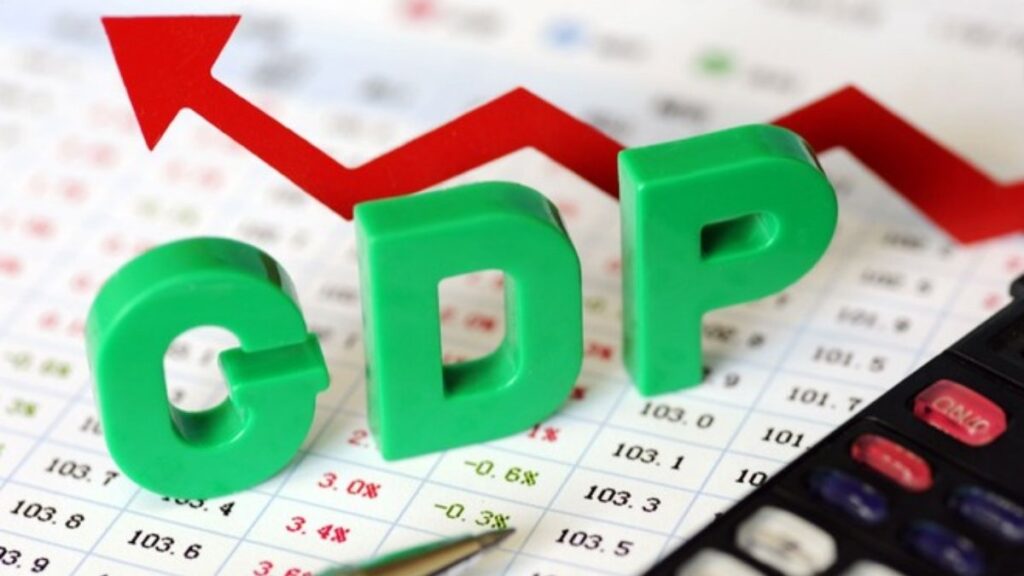
1. Nominal GDP
Nominal GDP is calculated using current prices without adjusting for inflation. This means it reflects the value of products at the time of calculation, including price fluctuations.
2. Real GDP
Real GDP is calculated using fixed prices, excluding inflation effects. This metric provides a more accurate assessment of actual economic growth, indicating real changes in production without the impact of price variations.
3. GDP per Capita
GDP per capita is derived by dividing the total GDP by the average population of the country. This metric is crucial for evaluating living standards and average income levels. However, a high GDP per capita does not necessarily indicate that all citizens enjoy a high standard of living, as income distribution disparities may exist.
4. Green GDP
Green GDP reflects the total GDP after accounting for environmental recovery costs caused by production activities. This metric is gaining attention in the context of sustainable development, emphasizing the importance of environmental protection alongside economic growth.
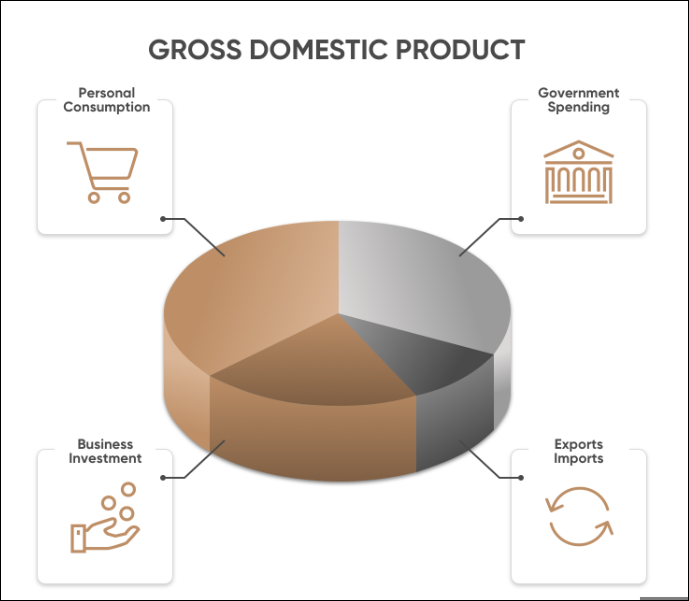
The Significance of GDP in the Economic Sector
GDP holds profound significance, reflecting numerous aspects of an economy and social life. It serves as a core economic indicator employed by policymakers, investors, and the general public to gauge the current state and development potential of a nation.
1. Measuring Economic Health
GDP serves as a tool to measure the total economic value generated by a country within a given timeframe. Stable GDP growth typically indicates a robust economy, characterized by strong production, consumption, and investment activities. Conversely, declining GDP or slow growth can signal economic recession, inefficiency in business operations, or broader economic instability.
2. Evaluating Living Standards
GDP per capita is a popular metric for assessing living standards and average income in a nation. A higher value generally reflects better living conditions and greater access to quality goods and services. However, it is crucial to recognize that a high GDP does not guarantee equitable income distribution or uniform living standards across different social strata.
3. Policy Formulation
Governments rely on GDP figures to guide fiscal, monetary, and economic policies. During periods of strong GDP growth, policymakers may focus on long-term investments in education, healthcare, and infrastructure. Conversely, declining GDP may necessitate stimulus measures, support for businesses, or interest rate reductions to boost growth.
4. Attracting Foreign Investment
Countries with high and stable GDP growth typically attract international investors. GDP serves as a primary indicator for assessing a nation’s developmental potential, guiding businesses and investors in making capital allocation decisions.
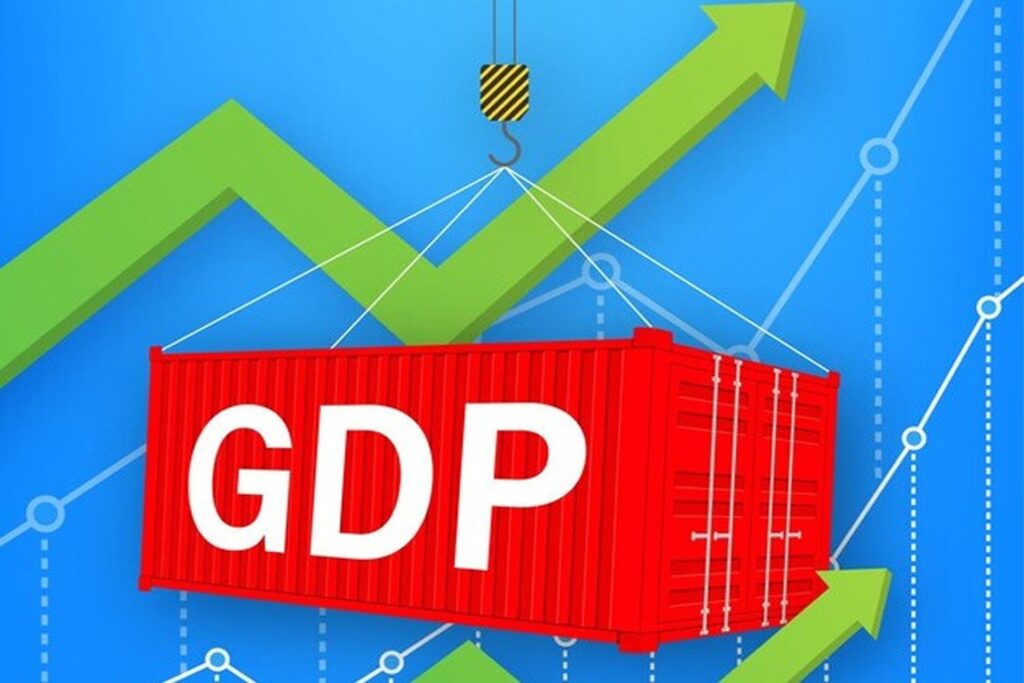
5. Sector Analysis
GDP can be analyzed across various economic sectors such as agriculture, industry, and services. This approach helps identify which sectors contribute most significantly or weakly to the economy, informing appropriate development strategies.
6. International Comparative Measure
GDP is a crucial metric for comparing economic strength between nations. International organizations like the World Bank and the International Monetary Fund frequently use GDP to assess countries’ standings on a global scale and determine potential support policies or development directions.
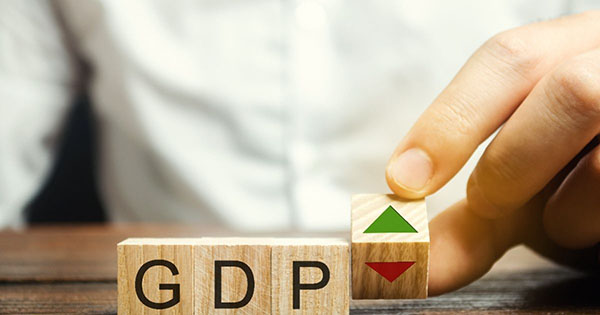
7. Impact on Consumer Sentiment
When GDP grows, citizens generally feel more optimistic about the economic landscape, leading to increased consumer spending and personal investment. Conversely, declining GDP often results in cautious consumer behavior or fears of impending recession.
Factors Influencing GDP
Changes in GDP are not random; they depend on various factors. Here are the key elements that directly and indirectly affect a country’s GDP.
1. Investment
Investment is pivotal in driving GDP growth. When businesses invest in machinery, technology, or expand their production facilities, labor productivity improves, contributing to increased GDP. Additionally, foreign direct investment (FDI) can provide capital, modern technology, and job opportunities, particularly in developing countries.
2. Personal Consumption
Household spending constitutes a major component of GDP in many nations. When consumers have stable incomes and feel optimistic about the economy, they tend to spend more on goods and services, fostering production and GDP growth. Conversely, economic instability can lead to increased saving, stifling consumption and growth.
3. Exports and Imports
Exports generate foreign currency income and directly contribute to GDP, while excessive imports may diminish the total GDP value. A nation with a trade surplus (exporting more than it imports) often exhibits higher GDP due to robust domestic production.
4. Government Spending
Public expenditure, including investments in infrastructure, education, healthcare, and welfare programs, creates jobs and promotes consumption. Increased government spending boosts total demand, thereby enhancing GDP growth. Conversely, cutbacks in spending can lead to GDP declines, especially during economic downturns.
5. Labor Productivity
Labor productivity is crucial for GDP enhancement. A well-trained and efficient workforce contributes to increased output. Countries investing in education and vocational skill development typically achieve more stable and sustainable GDP growth.
6. Technology
Advancements in technology can significantly improve production efficiency, reduce costs, and create new products. Cutting-edge technology enhances labor productivity and enables nations to compete better in international markets, substantially contributing to GDP.
How is GDP Calculated?
1. Production Approach
This method calculates GDP by summing the value added of all economic sectors in a country. Value added is the output value minus the input cost. The basic formula is:
GDP = Total Value Added of All Economic Sectors
2. Expenditure Approach
This method calculates GDP based on total expenditure by households, businesses, governments, and foreign entities on final goods and services in a nation. The formula is:
GDP = C + I + G + (X – M)
Where:
- C: Household consumption
- I: Business investments
- G: Government spending
- (X – M): Net exports (exports minus imports)
3. Income Approach
This approach focuses on the total income generated from all production factors in the economy, including wages, corporate profits, rent, and asset income:
GDP = W + P + R + I
Where:
- W: Wages paid to labor
- P: Profits earned by businesses
- R: Rental income
- I: Income from assets
4. Nominal and Real GDP Calculation
- Nominal GDP measures product and service values at current prices without inflation adjustment.
- Real GDP uses a fixed base year’s prices for accurate year-on-year economic growth comparisons. The formula for calculating real GDP is:
Real GDP = (Nominal GDP / Consumer Price Index (CPI)) × 100
5. Comparing and Analyzing GDP
Based on calculation methods, GDP can evaluate economic performance, growth rates, and citizens’ living standards. Each method has its strengths and weaknesses; thus, results are often combined for a comprehensive view of the economy.
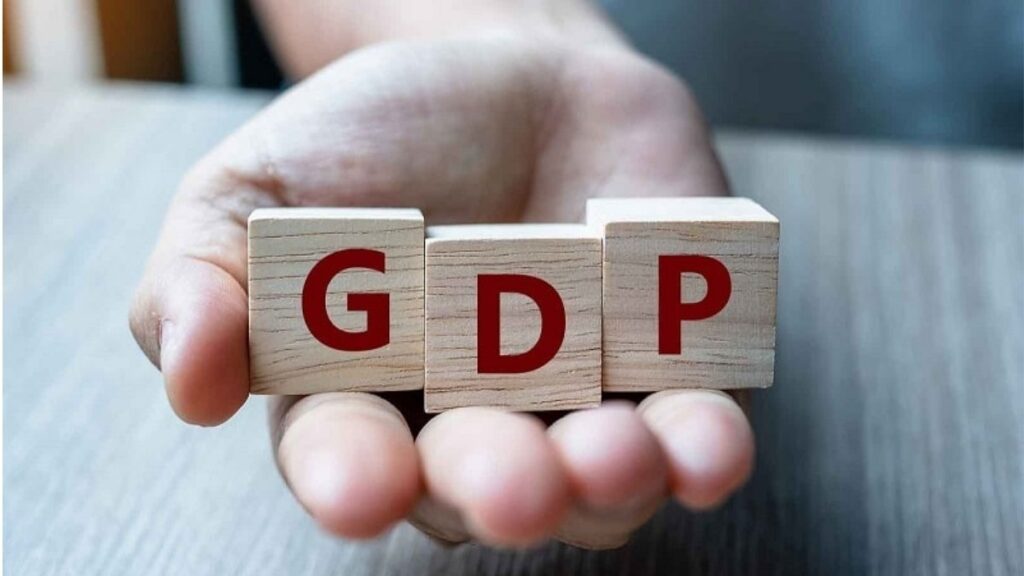
Conclusion
GDP is not just a dry number found in economic reports; it is a crucial indicator that helps assess the health and efficiency of an economy. Comprehending what GDP is, how it is calculated, the factors influencing it, and its implications provides a more profound understanding of a nation’s economic growth. While GDP measures economic size, it also reflects citizens’ living standards, becoming a tool for policymakers to make critical decisions. However, it is essential to remember that GDP does not capture all life aspects, and factors such as inequality, environmental quality, and citizen happiness must also be considered for a holistic economic evaluation.
For reliable information or economic documents, be sure to visit Tiki’s platform to discover quality books on economics. With rapid delivery options available, Tiki stands as the premier choice for accessing economic knowledge conveniently. Start investing in your understanding today!
Leave a Reply
You must be logged in to post a comment.